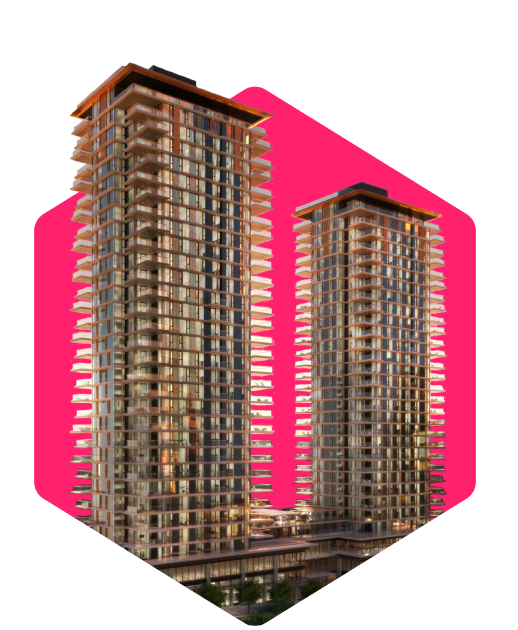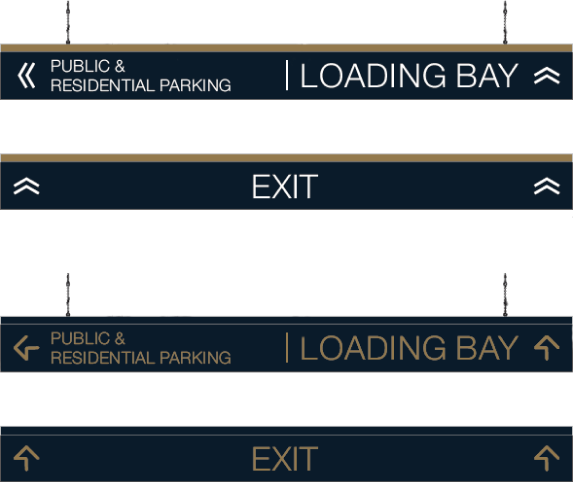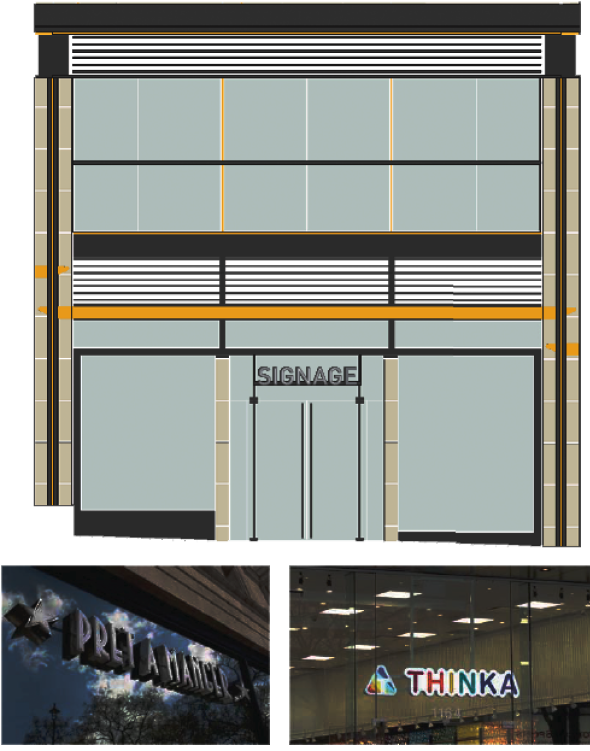
LANDMARK ON ROBSON
When in a parkade, it can be very confusing to know how to get to your destination if there are not clear markers that tell a person where to go. This means a person could either get lost or arrive at a different destination than was intended.
In addition to the parkade, we added the scope of a signage guideline for the retail sector of the buildings. This allows for the building to set a set of rules for the signage used for the retail units within the building.
Practices
Product design, Experience design, Visual design, Prototyping, Brand awareness
Methods & Tools
Secondary research, Ideation, Adobe XD
Role
Product Designer
Date
Mar 2020 - Apr 2020




